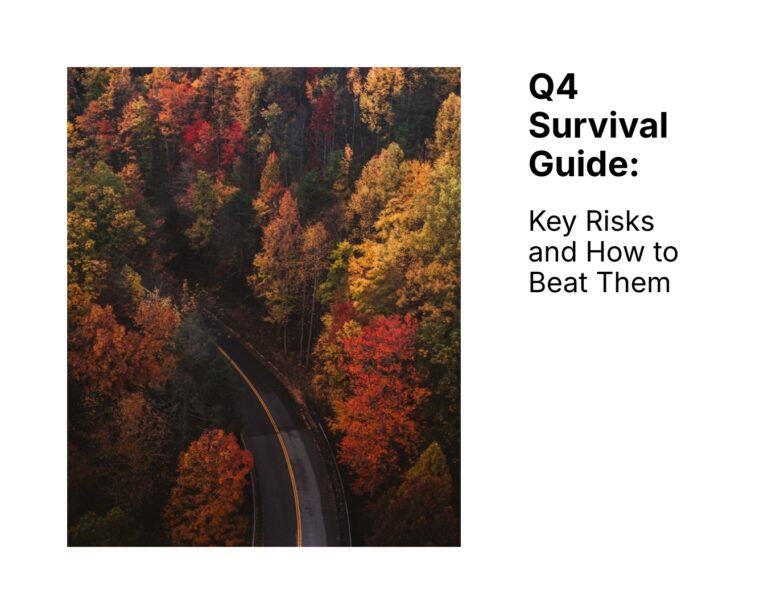Accessibility – Is Your Business Genuinely Accessible?
What is Accessibility?

Accessibility is essential for everyone, individuals, businesses, and society. Accessibility means that no one is excluded from using something as a result of experiencing a disability.
As a UK Government article on the subject states:
‘Accessibility means that people can do what they need to do in a similar amount of time and effort as someone that does not have a disability. It means that people are empowered, can be independent, and will not be frustrated by something that is poorly designed or implemented.’
A disability is simply a condition that limits an individuals activity and includes:
- Vision
- Movement
- Thinking
- Remembering
- Learning
- Communicating
- Hearing
- Mental health
- Social relationships
Likely, we will all suffer at least one of the above disabilities in our lifetime.
Figures from a survey conducted by Scope between 2019 – 2020 indicate that:
- 19% of working-age adults are disabled
- 46% of pension age adults are disabled
Therefore, businesses must consider the needs of their consumers to ensure they provide an accessible product.
Accessibility regulations came into effect for the public sector in 2018. And of course, the public, private and third sectors are governed on this topic under the following:
- Disability Discrimination Act 1995
- Equality Act 2010
In addition to assuring adherence to regulations, the benefits of providing an accessible service include business growth and improved reputation. The value of good CX cannot be overstated.
So, Where to Start?

Get your team together and assess where you are in this process. As always, your staff is one of your greatest assets, and it is a good idea to make sure you are fully harnessing their skills and experiences.
Following this, assess your existing customer base and market.
Next, look at your product or service and how your customers access it. Is it genuinely accessible?
It can be helpful to ask people from outside of your organisation to trial your product and provide feedback on its accessibility concerning specific metrics that reflect the types of disability that people can experience.
Ability Net – provide services to facilitate digital accessibility with free resources.
There are also free accessibility resources available relevant to Google, Apple, and Microsoft services and products.
You can find out the World Wide Web Consortium (W3C) Web Content Accessibility Guidelines here, and many notable businesses use these guidelines to steer their accessibility efforts with regard to Web content.
Numerous additional support sources are available. Their relevance to you will depend on your business sector and service type. Make an initial assessment yourself and then take guidance in the areas that require third party support.










